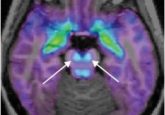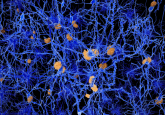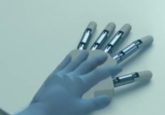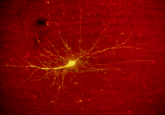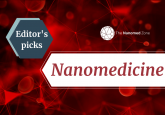Gold-coated nanovesicles for drug delivery applied to rapid COVID-19 testing
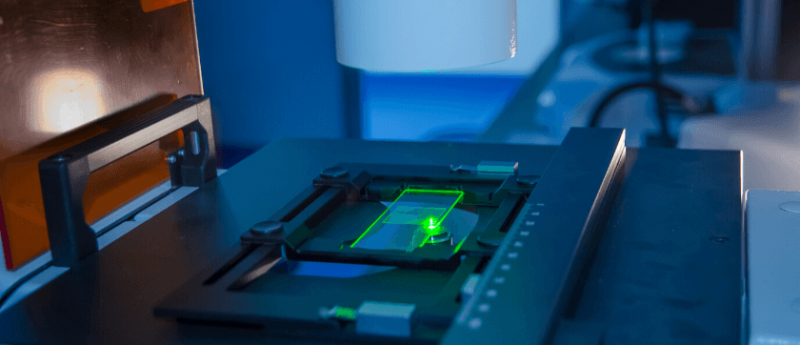
Researchers from the University of Texas at Dallas (TX, USA) have developed a method for remotely stimulating activity in deep brain regions. This approach utilizes a combination of gold-coated nanovesicles and lasers and has the potential to help advance understanding of molecular activity in the brain leading to more effective treatments for cancer and other diseases.
This technology has also been applied to another University of Texas at Dallas research project aimed at developing a rapid diagnostic test for respiratory viruses including influenza and, potentially, the SARS-CoV-2 virus responsible for the COVID-19 pandemic.
In their research, recently published in Angewandte Chemie, the team describe how they injected the gold-coated nanovesicles, which are sensitive to near-infrared light and contained molecules within, into the brain tissue of their animal model.
This system could solve certain challenges in treating diseases, such as ensuring medication is correctly delivered to difficult-to-reach tumors in deep brain regions, while reducing damage to healthy surrounding tissue. In this example, external near-infrared lasers that penetrate the tissue could cause the nanovesicles to open and release a drug contained within once they had reached the correct site.
Previous research has been conducted into using near-infrared light to trigger drug-carrying nanoparticles, such as phospholipid liposomes. However, Zhenpeng Qin (corresponding author of the research article; University of Texas at Dallas) and his colleagues’ approach requires approximately 40-times less infrared energy to release the drug from within their gold-coated nanovesicles than previous methods.
For a separate research project, Qin recently received a $293,000 USD grant from the Congressionally Directed Medical Research Programs (MD, USA) to develop a rapid, accurate and less expensive test for infectious diseases, including influenza, using this technology, that could also be applied to diagnosing COVID-19.
“We want to improve the tests’ sensitivity so that doctors can make the judgment call right in front of the patient, to be able to say either you have it or you don’t have it,” explained Qin.
In this method, their gold-coated nanoparticles are attached to antibody molecule that can recognize and bind with protein molecules found on the surfaces of viruses. Short laser pulses to activate the nanovesicles are then applied and nanobubbles are produced. The accumulation of the nanobubbles signals the presence of a virus and diagnosis is made by observing and counting these bubbles in the sample.
An advantage of such an approach is that it would not require extensive sample preparation and could assist doctors with point-of-care testing and diagnosis of respiratory viruses, including SARS-CoV-2.
Eventually, the researchers envision their test being used in hospital and clinical settings that do not have laboratories. However, the diagnostic method requires further testing before it can be made widely available.
For more free COVID-19 related content please visit our dedicated COVID-19 Hub on Infectious Diseases Hub here.
For more related news from The Nanomed Zone be sure to sign up here.
